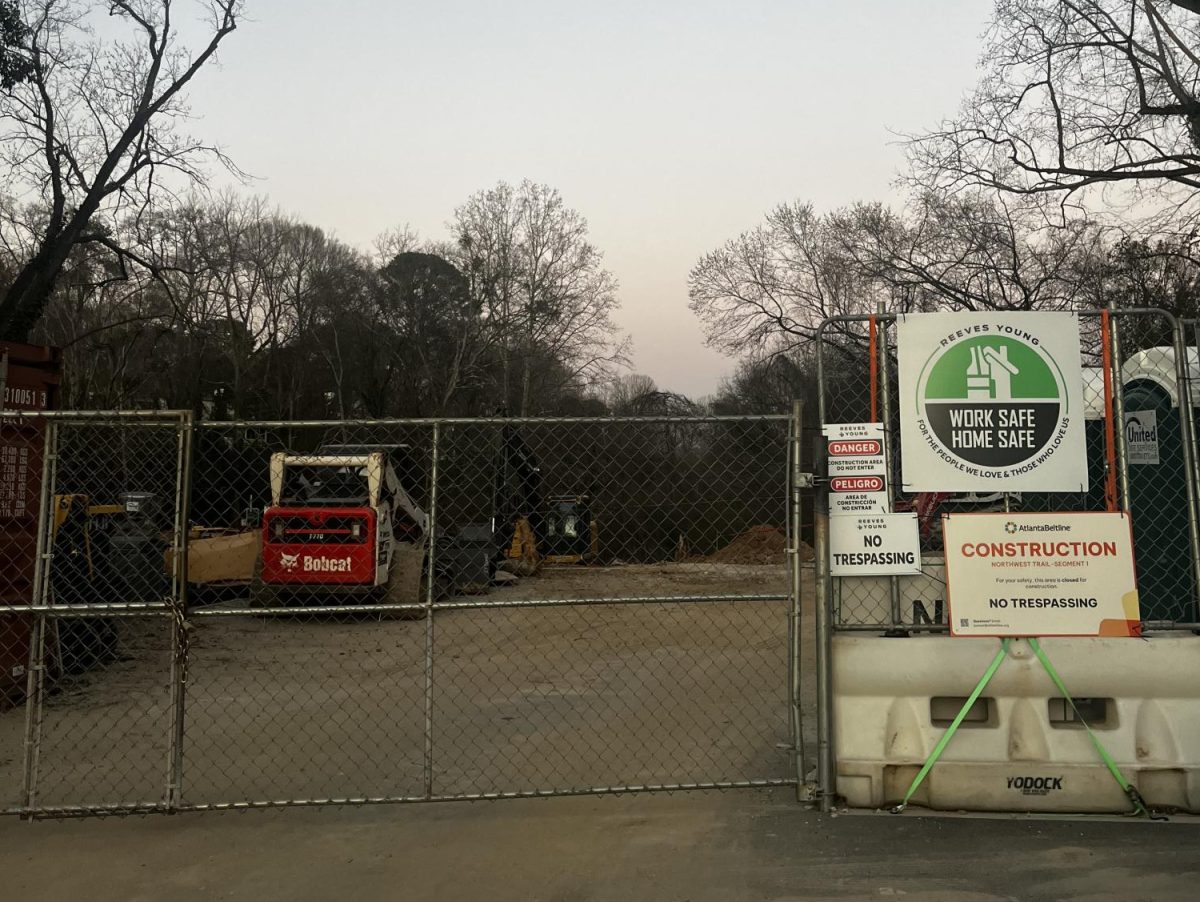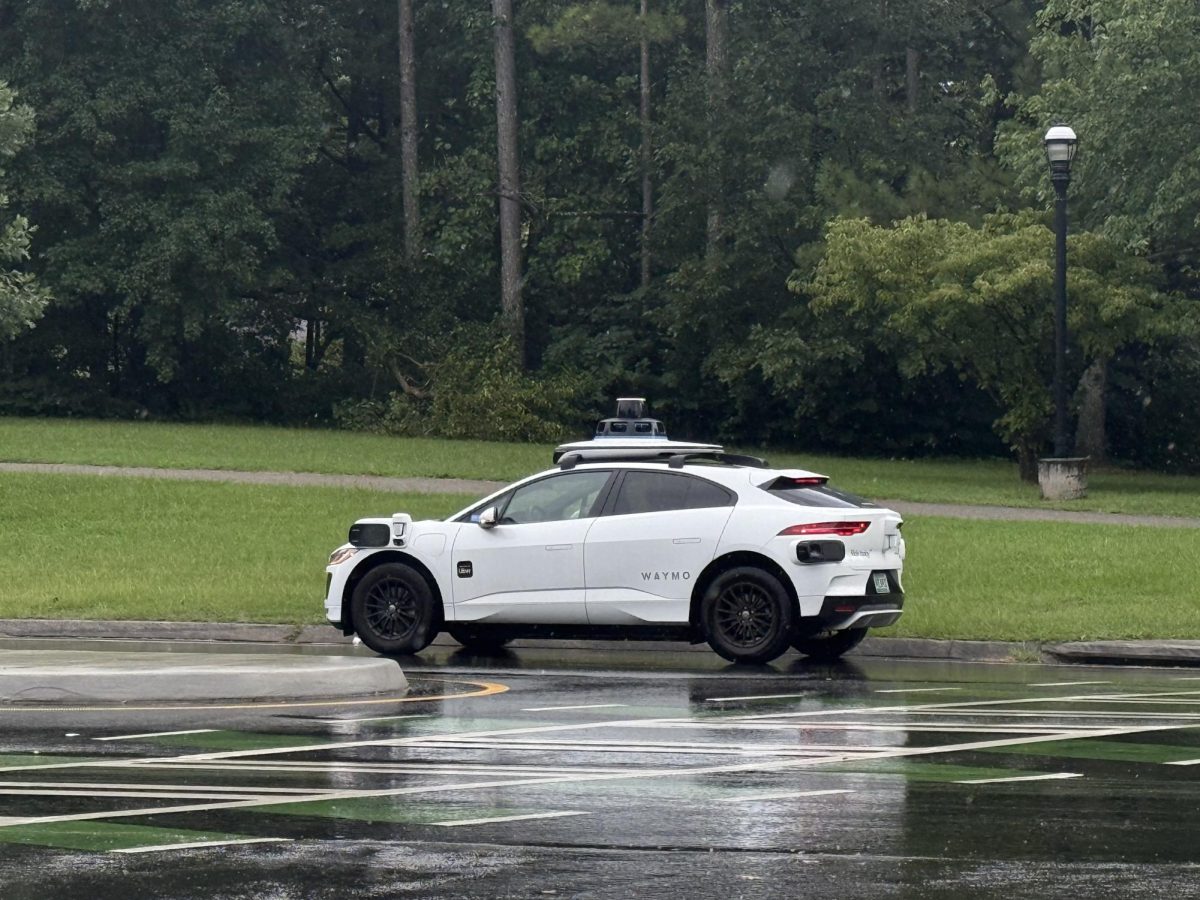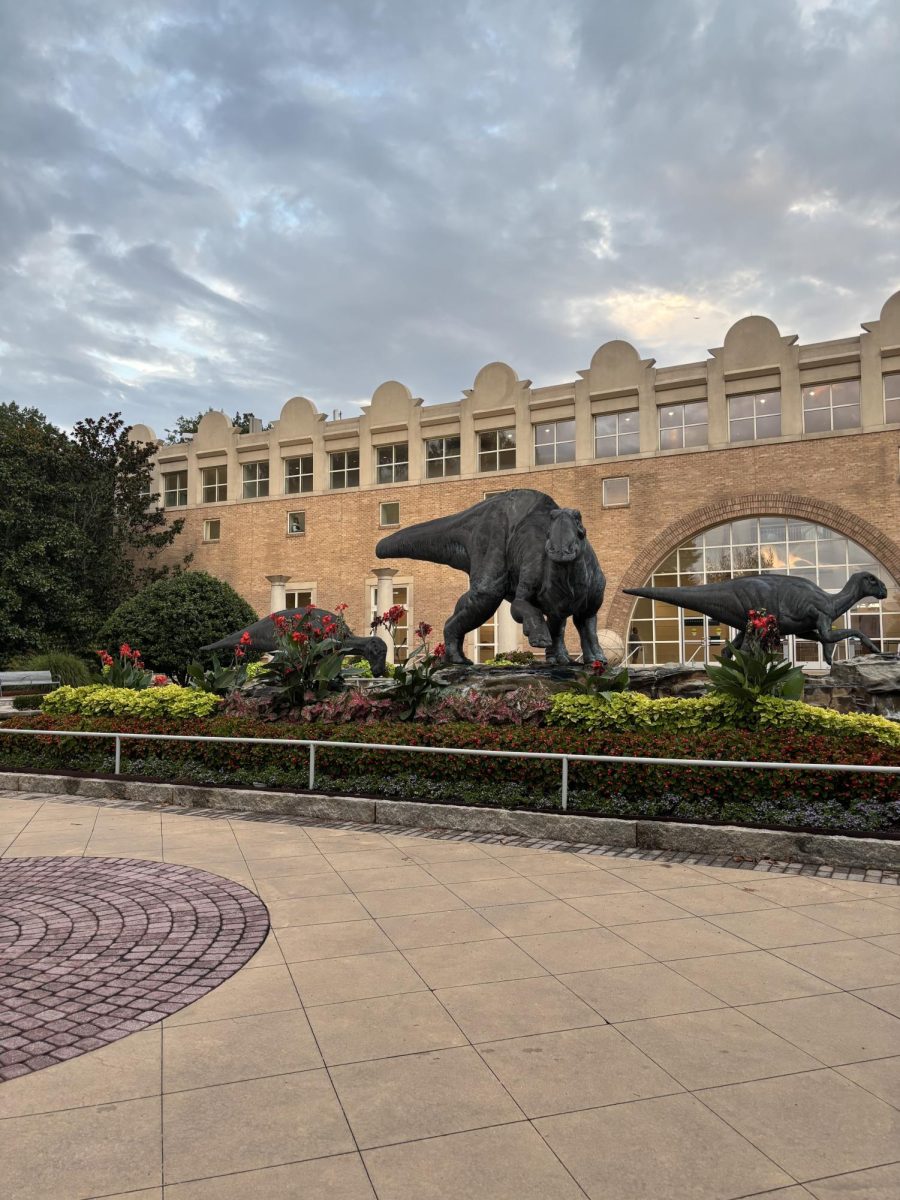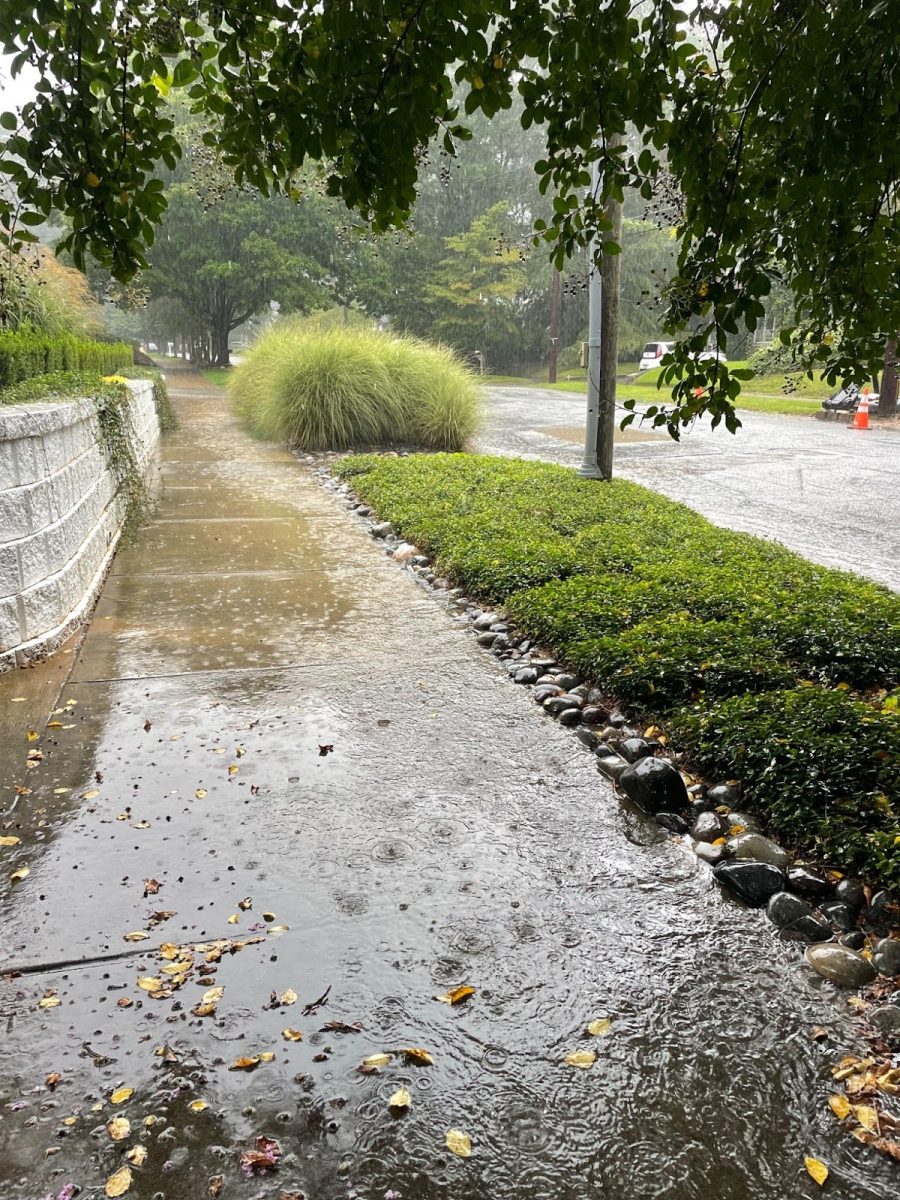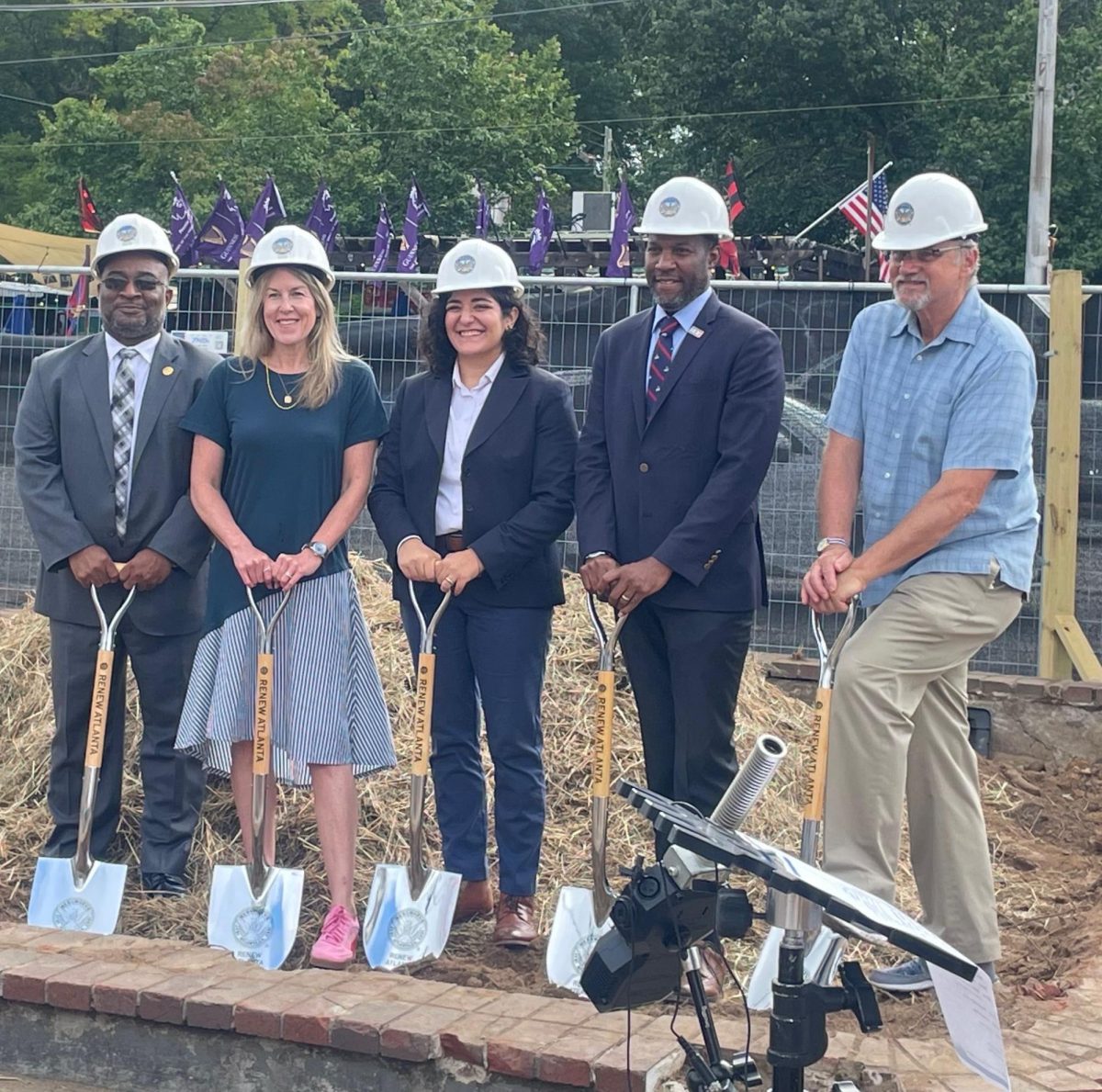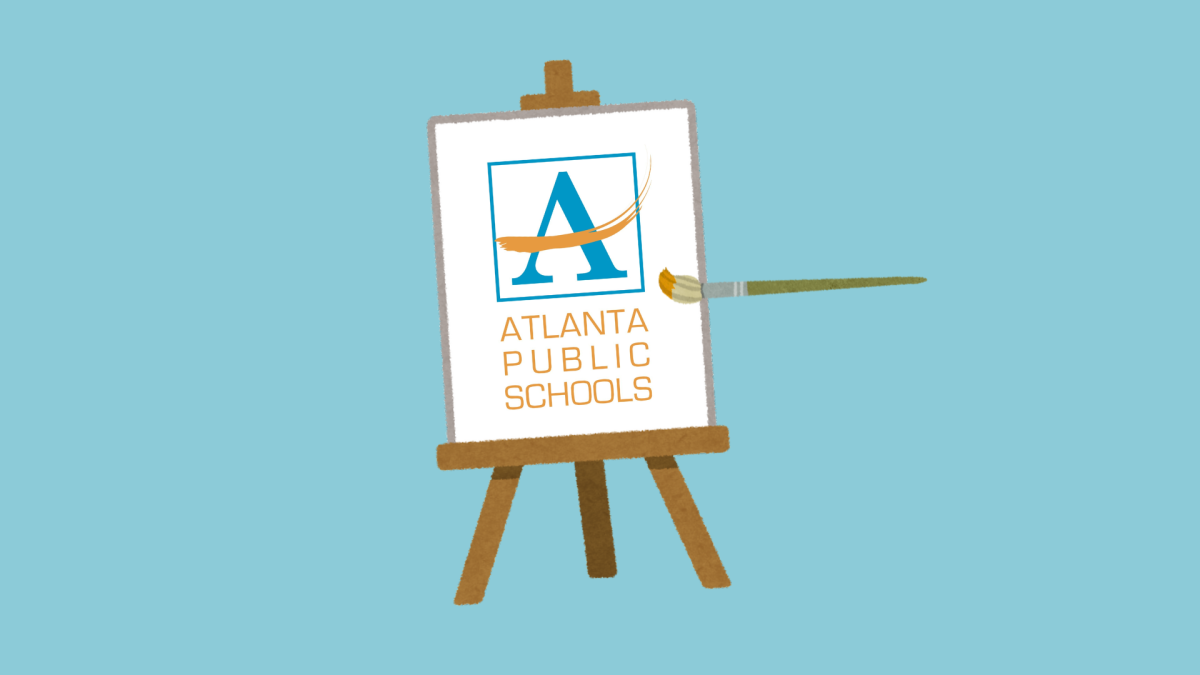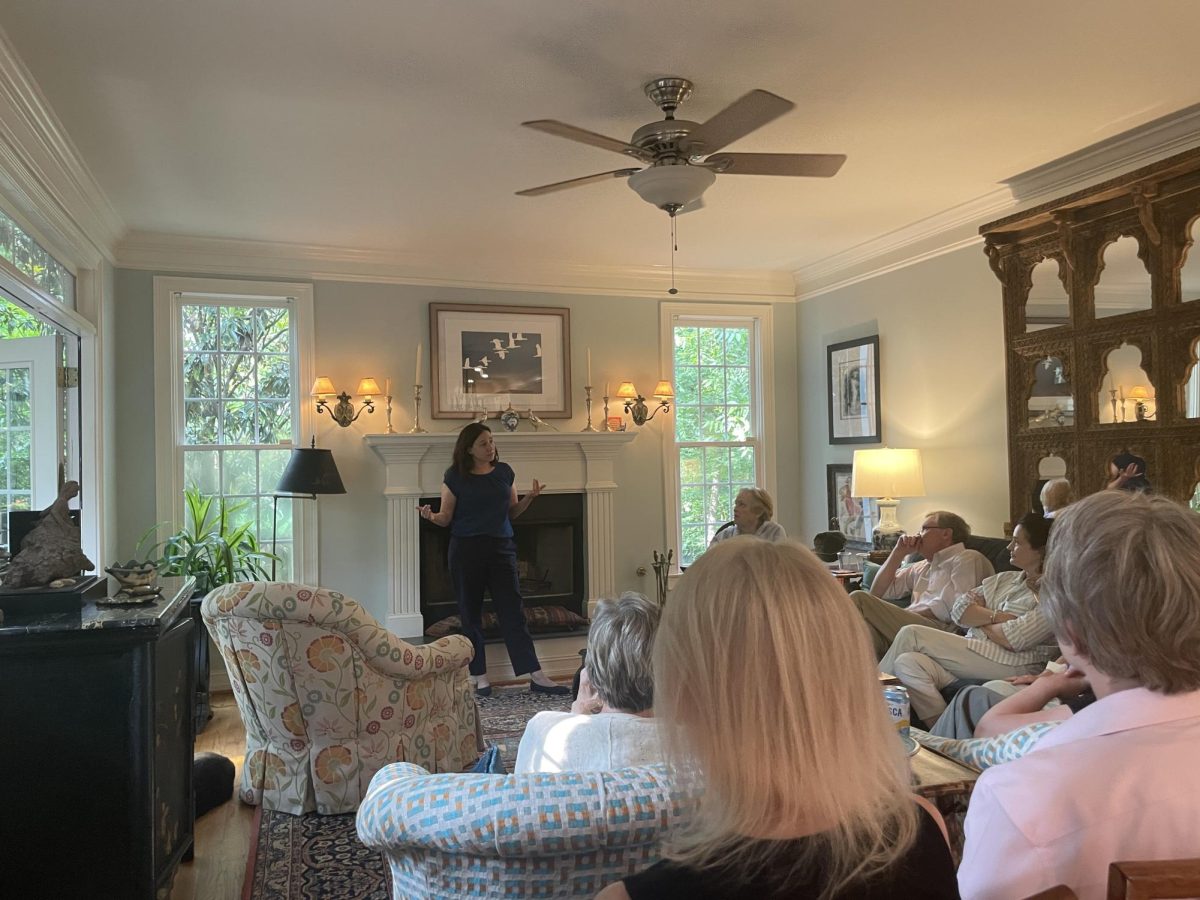The Atlanta Beltline Incorporation [ABI] began conducting a study in January focusing on the historic and cultural preservation along the Beltline to connect the trail to Atlanta history.
The study is set to provide guidelines and resources to support historic and cultural preservation activities.
“It is definitely an important and cautious act,” junior Ari Rosenthal said. “They are taking the time to realize and observe the important and historic artifacts around the city and the Beltline.”
Meghann Gibbons, Vice President of Communications and Media Relations for the ABI, said she wants to ensure the Beltline is a place for everyone.
“We call it the People’s Project,” Gibbons said. “Although a significant amount of work has been done to date to document historic and cultural resources, some of which were state and federal grant requirements, a comprehensive summary and actionable guidance does not currently exist. The new study will focus on ABI-owned or controlled assets along the corridor including bridges, underpasses, culverts, tunnels, 8.3 miles of connector trails and other redevelopment sites.”
With the 2026 Fifa World Cup on the way, the ABI has proposed plans to finish the construction sites along the trail before Atlanta hosts this event. According to Rough Draft Atlanta, the entire multi-use trail is to be completed by 2030.
“[The World Cup] gives incoming travelers historic and famous parts of the city to look forward to visiting, ” Rosenthal said. “For locals, it is another productive step in creating a fun environment around the city.”
The World Cup is held every four years, attracting many tourists to the city that hosts it.
“By the time the World Cup comes, 16.3 miles of mainline corridor will be completed,” Gibbons said. “This will be a continuous uninterrupted path. I describe it as the U of the circle. This will definitely give residents and visitors an easy way to move throughout the city that doesn’t require a car.”
Sophomore Ariana Brownlee believes that more participation in cultural and historical preservation efforts causes areas to be properly recognized.
“The ABI making efforts in order to preserve the cultural and historical roots that the Beltline contributes to Atlanta underscores their commitment to enhancing and grounding the roots of our city and preserving the history and culture,” Brownlee said. “The Beltline facilitates various routes to many aspects of Atlanta, whether it is tourist attractions, restaurants, shops or historical sites, the easy accessibility of the beltline encourages the participation of these things.”
The ABI is using previous trail and transit planning efforts to continue the development of the trail and to preserve cultural and historical resources along the Beltline. According to Brownlee, the Atlanta Beltline has been a helpful trail around Atlanta for years, but these preservation efforts give more people reasons to use the multi-use trail.
“The finishing of the Beltline will ensure exposure to more people, which will lead to the increased use of the path,” Brownlee said. “The extension of the path will facilitate more ways to get to their destination.”
Many historical attractions around Atlanta are being preserved, like the Ormewood Avenue Bridge on the Southside Trail, due to efforts by the ABI. It is the first structure that the Beltline designated to work around.
“The Beltline facilitates various shortcuts to many places around Atlanta,” Brownlee said. “It has helped me discover new attractions and restaurants due to the new developments of the trail, and it is immediately surrounded by shops and restaurants.”
Brownlee believes the continuation of developments surrounding the trail will help show tourists the historical energy of Atlanta.
“Personally, I am not sure if the finishing of the Beltline will have an effect on my life,” Rosenthal said, “But I think it is a major step in the right direction in terms of extending the heart of the city.”

